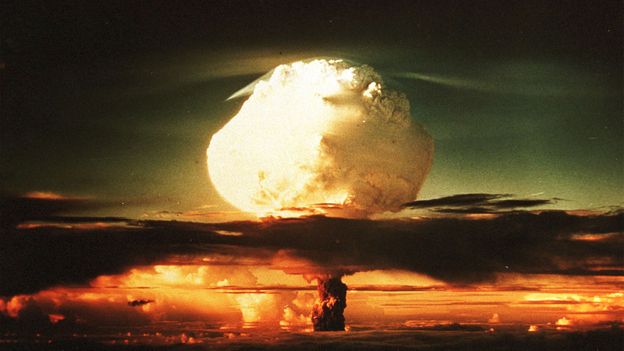The bomb spike has also unlocked new scientific discoveries, revealing new insights about the cells in our bodies and brains. In 2005, the biologist Kirsty Spalding of the Karolinska Institute in Sweden and colleagues showed that it was possible to date the relative ages of our cells by analysing bomb carbon-14 within their DNA. Across several subsequent studies, she has used the technique to answer whether certain cells in our bodies have been around since birth, or whether they are continually replaced.
For example, in 2008 Spalding and colleagues showed that the body continually replaces fat cells called adipocytes as the cells die. The number of these fat cells, she found, stays constant across adulthood – which promises new ways to tackle obesity. “Understanding that this is a dynamic process opens up new avenues of therapy, which may include manipulating the birth or death rate of fat cells, in combination with exercise and diet, to help reduce the number of fat cells in obesity,” she says.
In 2013, Spalding and colleagues also used the bomb spike to look at the turnover of brain cells. For many years, researchers assumed that the number of neurons was fixed in childhood, and indeed her earlier research had suggested that was the case in regions like the cortex. However, by using carbon-14 to date neurons within the hippocampus, she and her team confirmed that new neurons may be produced there throughout adult life.
Corroborated by other research, the possible existence of “adult neurogenesis” has proven to be one of the most important neuroscience discoveries of the past 20 years. While the science is far from settled, it has suggested new avenues for medical strategies that might prevent neuron loss via disease, or even increase the generation of new neurons.
Dawn of a new age
Finally, the bomb spike was recently nominated as one of several markers that could help to officially recognise the dawn of the Anthropocene – the new geological era defined by human activity.
Not long after the idea of the Anthropocene was floated, geologists began to discuss how to define its location on Earth with a so-called “golden spike” – a rock, ice core or layer of sediment where a new era begins in the stratigraphic record. Every major geological period has one. The beginning of the Holocene is marked by a particular ice core from the centre of Greenland. The base of the Jurassic begins in the Austrian Alps, at Kuhjoch pass in the Karwendel Mountains, where the smooth-shelled Psiloceras ammonite makes a first appearance. And one of the oldest golden spikes on Earth can be found in the Flinders Mountains of Australia, marking the start of the Ediacaran more than 600 million years ago – a period when the climate was periodically plunging into a “Snowball Earth”.
#atomic #bomb #marker #body


